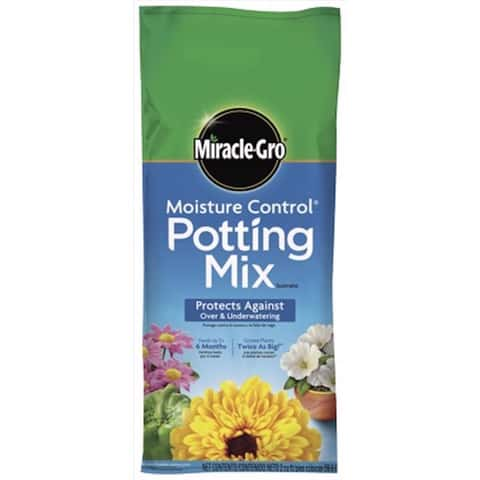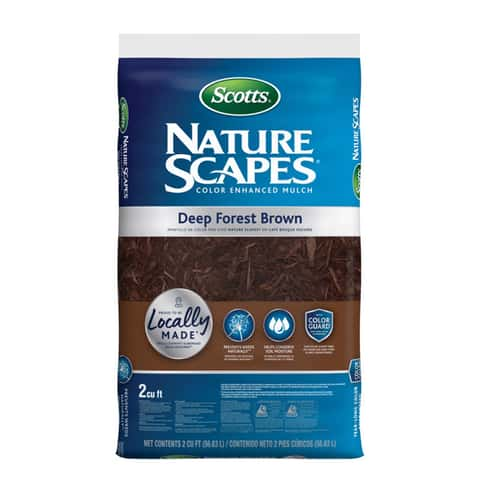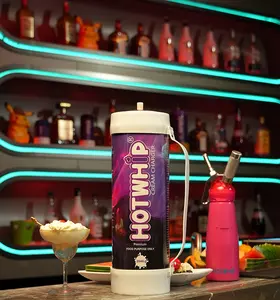Want to make a lasting impression with something as simple as a drink? Adding enchanting swirling glitter to beverages instantly elevates them from ordinary to extraordinary. Whether it’s a refreshing juice, a cozy latte, or a sparkling cocktail, the mesmerizing swirl of glitter turns every sip into a delightful experience.
Why Swirling Glitter Makes Drinks Magical
Swirling glitter is not just visually stunning it creates a multi-sensory experience that captivates everyone:
- Instant wow factor – The dynamic motion of glitter swirling in a drink grabs attention and makes it memorable.
- Elevates presentation – Ordinary beverages become elegant, festive, and creative, perfect for celebrations or casual gatherings.
- Boosts happiness – Watching glitter dance in a drink evokes joy, curiosity, and excitement.
- Perfect for any occasion – Birthdays, brunches, or even quiet evenings become more special with a little sparkle.
How to Create Swirling Glitter Drinks
Transforming drinks with swirling glitter is easy and fun. Here are some ideas to inspire you:
- Lattes and Coffee Drinks – Sprinkle glitter on top of foamy milk and gently stir to create enchanting swirls.
- Smoothies and Milkshakes – Blend in a hint of glitter or add it as a topping for a magical effect that captivates both kids and adults.
- Juices and Mocktails – Watch as glitter dances through vibrant colors, creating a captivating visual appeal.
- Cocktails and Sparkling Drinks – Swirling glitter adds elegance and a touch of luxury, perfect for entertaining guests.
Tips for the Most Mesmerizing Swirls
To ensure your drinks look as magical as they taste, follow these simple tips:
- Start with clear or light-colored drinks – Glitter is most visible and effective in lighter beverages.
- Use a gentle stir – Light swirling keeps the glitter moving beautifully without settling too quickly.
- Mix colors creatively – Combining complementary glitter shades adds depth and enchantment.
- Top with garnishes – Fruits, whipped cream, or edible flowers enhance the magical effect of swirling glitter.
Make Every Drink a Celebration
The beauty of swirling Drink Glitter is its ability to transform ordinary moments into extraordinary experiences. Every sip becomes a celebration, bringing smiles and admiration from everyone around. The visual delight, combined with the playful movement of glitter, creates memories that last far beyond the glass. Adding swirling glitter is a simple yet powerful way to impress instantly. It encourages creativity, spreads positivity, and turns everyday drinks into enchanting creations. With just a little sparkle, you can elevate any drink, delight your guests, and make every occasion shine.









